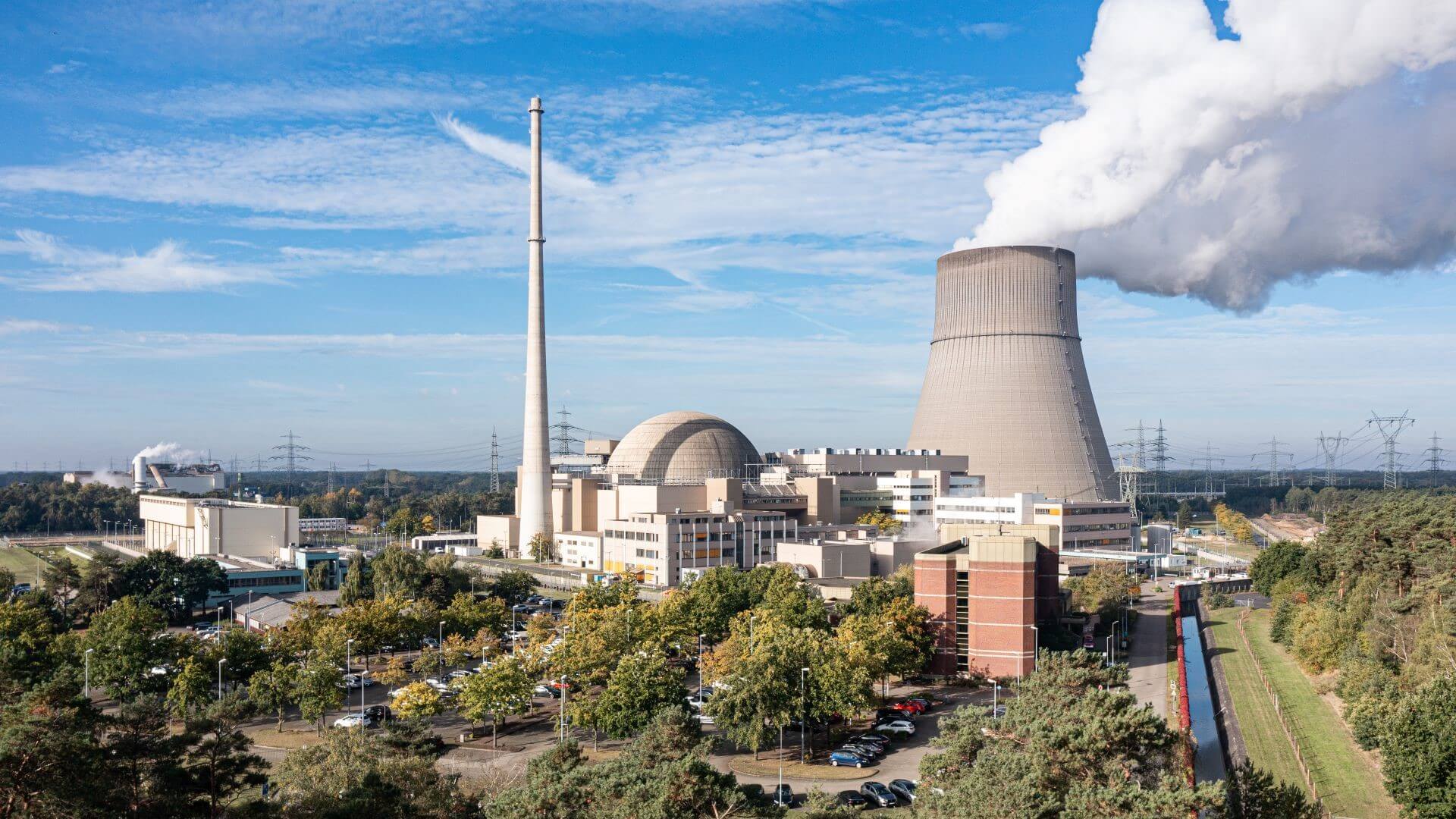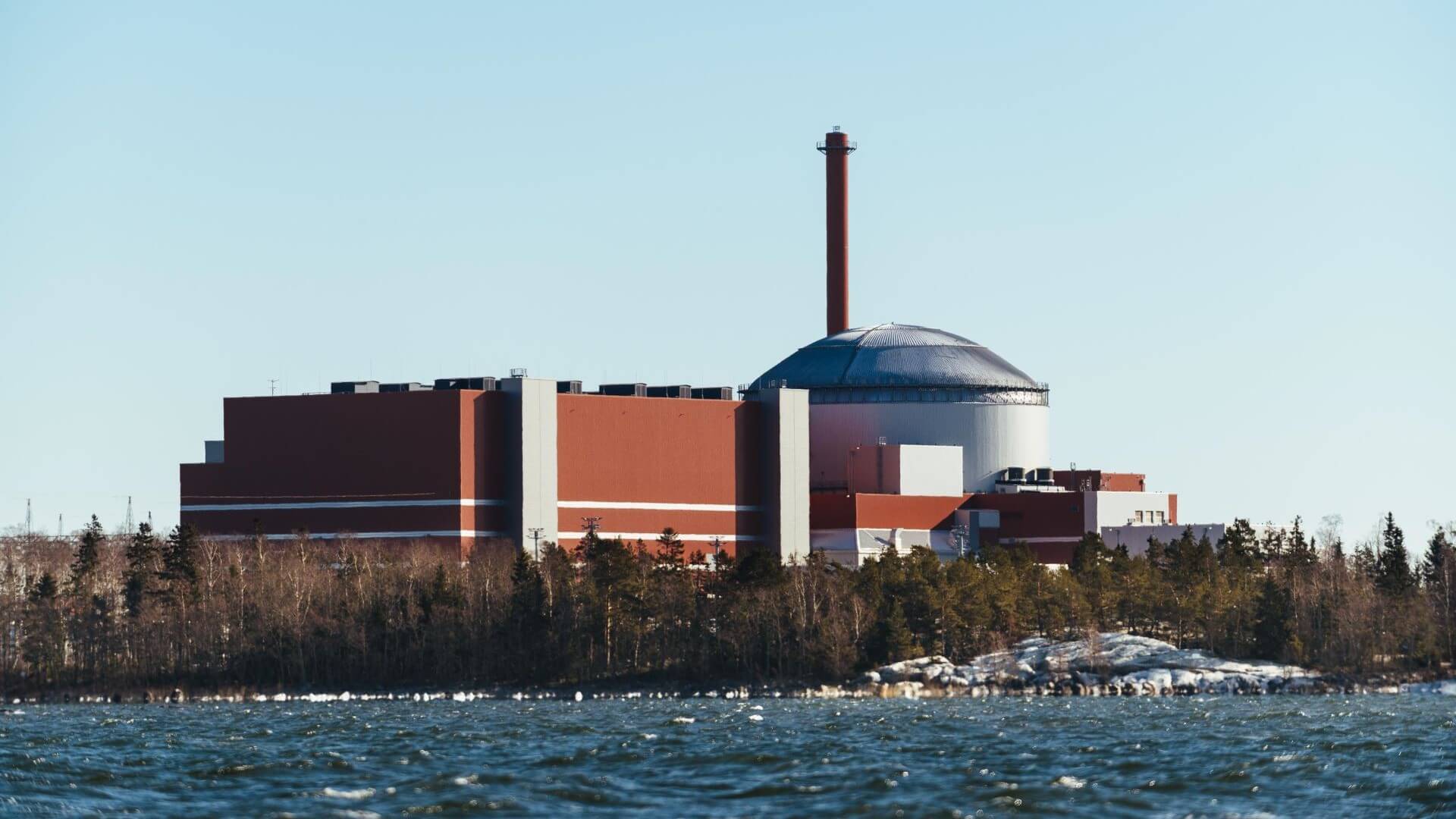UPDATED 1 Sept: The EI library in London is temporarily closed to the public, as a precautionary measure in light of the ongoing COVID-19 situation. The Knowledge Service will still be answering email queries via email , or via live chats during working hours (09:15-17:00 GMT). Our e-library is always open for members here: eLibrary , for full-text access to over 200 e-books and millions of articles. Thank you for your patience.
New Energy World™
New Energy World™ embraces the whole energy industry as it connects and converges to address the decarbonisation challenge. It covers progress being made across the industry, from the dynamics under way to reduce emissions in oil and gas, through improvements to the efficiency of energy conversion and use, to cutting-edge initiatives in renewable and low-carbon technologies.
End of an era – Germany shuts down its last nuclear reactors
26/4/2023
News
The last three nuclear reactors in Germany were shut down earlier this month, marking the end of an era. Meanwhile, Finland’s newest nuclear facility has successfully completed trial operations and is now producing at full power for the first time.
EnBW disconnected Unit II of the 1,400 MW Neckarwestheim nuclear power plant (GKN II) from the German electricity grid in mid-April, while RWE closed its 1,400 MW Emsland facility and PreussenElektra shut down Isar II. All three plants had been in operation for over three decades.
The shut-down of Germany’s last three nuclear facilities had originally been planned earlier under the country’s national nuclear phase-out policy. However, in late 2022 the German government initiated a short-term extension of electricity generation in order to secure the country’s electricity supply following Russia’s incursion into Ukraine and subsequent halting of gas supplies to Europe and escalating energy prices amidst energy supply concerns.
Dismantling of the last three nuclear facilities is expected to take 10–15 years.
EnBW reports that it is the first operator in Germany to obtain all necessary licences for the dismantling of its nuclear power plants, and claims to also be ‘unique’ in having secured such licences for two plants prior to their final shutdown – one of which is GKN II. The company has already made significant progress in recent years in dismantling the Obrigheim nuclear power plant (KWO), Units 1 and 2 of the Philippsburg nuclear power plant (KKP 1 and KKP 2) and Unit I of Neckarwestheim (GKN I).
Germany’s nuclear industry has been the focus of prolonged political and public debate and anti-nuclear protests. Indeed, even as its final three reactors closed, political factions continued to argue, with some stating nuclear would still be needed during the phase-out of fossil fuels amidst concerns about the intermittency of solar and wind, while others were keen to push the green agenda and move to renewables.

RWE’s Emsland nuclear facility, which closed earlier this month, had been producing electricity for Germany’s national grid for 35 years
Photo: RWE
Some countries, such Italy, have already phased out nuclear power from their energy mix, while Belgium has postponed its planned phase-out and others, such as the Netherlands and Poland, plan to expand their nuclear power sector. France remains Europe’s leading nuclear power country, with some 56 reactors currently operating.
Further afield, Russia, China and India are all planning to build new nuclear plants, as does Japan, which has brought a number of reactors back online following the Fukushima incident in 2011. The US, too, unveiled plans earlier this year to invest in its nuclear sector under President Biden’s Bipartisan Infrastructure Law, while in 2022 construction began on Egypt’s first nuclear power plant and Sizewell C was given the green light in the UK.
More recently, the UK, US, Canada, Japan and France, announced a new nuclear agreement that aims to ensure the secure supply of uranium fuel through the development of shared supply chains that isolate Russia from the international nuclear market.
Olkiluoto 3 reaches full power
Meanwhile, Unit 3 of the Olkiluoto nuclear power plant in Finland has reached its full 1,600 MW power output following the successful completion of trial operations, according to Teollisuuden Voima Oyj (TVO).
In the future, about 30% of Finland’s electricity will be produced from Olkiluoto, reports the operator. The facility is expected to remain in production for at least the next 60 years and will play an important role in meeting the country’s net zero by 2035 goal.

Unit 3 at Finland’s Olkiluoto nuclear power plant has successfully completed trial operations and is now producting electricity at full power
Photo: TVO
